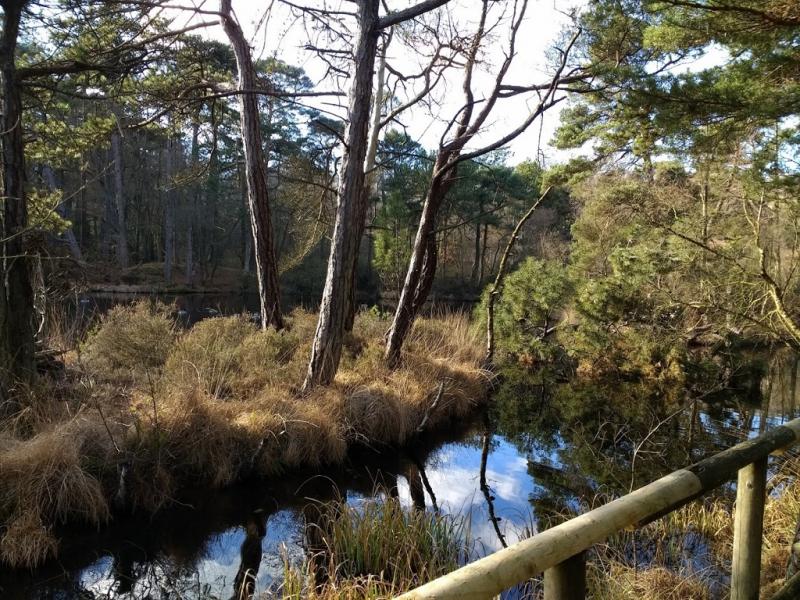
Understanding and quantifying the health and wellbeing value of the East Devon Pebblebed Heaths: exploring the potential of partnerships involving private sector organisations
Project Summary
.jpg)
This placement quantified the health and wellbeing value of the East Devon Pebblebed Heaths and investigated the potential for partnership working to increase this value, utilising a literature review, an economic valuation using a range of tools (MOVES, travel cost, HEAT and and ORVal) based on visitor data collected by Footprint Ecology, plus public engagement work with stakeholders.
In conclusion, the Pebblebed Heaths are associated with an important health and wellbeing value of at least £1.6m relating to their recreational use through physical activity. The different economic valuation methods give broadly similar results (with the exception of the HEAT tool). These estimates do not include the value of the mental health benefits associated with visiting the Heaths. The MOVES estimates also show that health benefits are much greater for older people.
The visitor data shows that there is currently relatively little awareness of the conservation importance of the Pebblebed Heaths amongst visitors, and a poor understanding of some of the restrictions on access that are in place. Therefore, any increased access would need to be balanced with the implementation of appropriate education / awareness raising activities and visitor management and mitigation measures to ensure the environmental protection of the site.
.jpg)
The economic valuation of £1.6m for the Heaths is robust across different valuation methods. It is recommended that policy makers take this public value into account when planning future funding mechanisms for this site and for similar natural environments. This type of valuation could also be extended to other sites using visitor data in a cost-effective way. However, it is important that economic valuations are used combined with a better understanding of the qualitative, mental health and non-use values of such sites.
Addressing evidence gaps combined with partnership working could increase the health and wellbeing benefits through:
- Refining the methodology for how visitor data could be used;
- Informing the design of future visitor surveys;
- Identifying and utilising other data sources more effectively to inform interventions.
- Quantifying mental health benefits of visiting natural environments;
- Calculating travel cost using the zonal travel cost method.
- Collecting qualitative data about people’s experiences of visiting the Pebblebed Heaths;
- Greater strategic planning at county, district and organisational level;
- Better coordination of existing activities;
- More consultation of key stakeholders e.g. disability groups;
- Increased work around targeting of activities; and
- Increased walks and other information for the public and inclusive training for walks leaders.
Initial Presentation given at Kick Off meeting
Valuing Nature, Health & Wellbeing blog Link to Blog
Final Project presentation - click on image:

